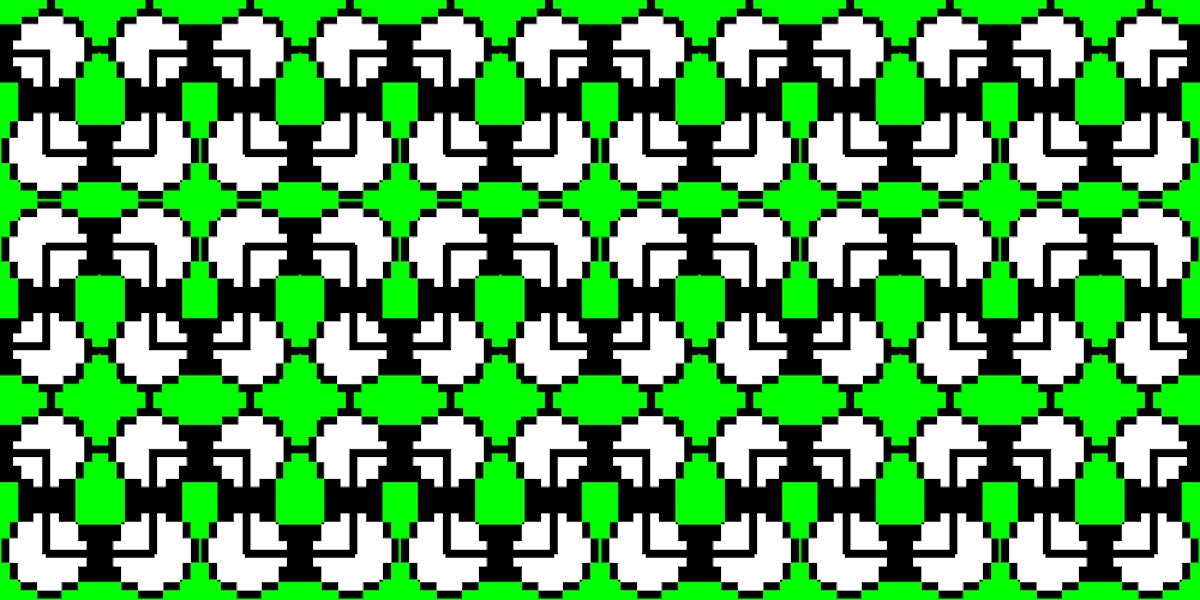17,142 reads
What is a DAO?

Too Long; Didn't Read
In 2019, support for DAOs has been gaining momentum, says Philippe Honigman. UK-based Nexus Mutual, for instance, is the first decentralized mutual insurance incorporated as a cooperative and driven by a DAO. DAO stands for “Decentralized Autonomous Organization” Each of these words can be interpreted in many ways, spawning different definitions of DAOs with emphasis on one aspect or another. DAOs are autonomous in the sense that its rules are self-inflicted, meaning they are automatically applied and enforced when conditions specified in the software are met. The DAO is decentralized because it runs on a public, permissionless blockchain.Entrepreneur, commoner, d14n hacker
About @PhilH
LEARN MORE ABOUT @PHILH'S
EXPERTISE AND PLACE ON THE INTERNET.
EXPERTISE AND PLACE ON THE INTERNET.
L O A D I N G
. . . comments & more!
. . . comments & more!

